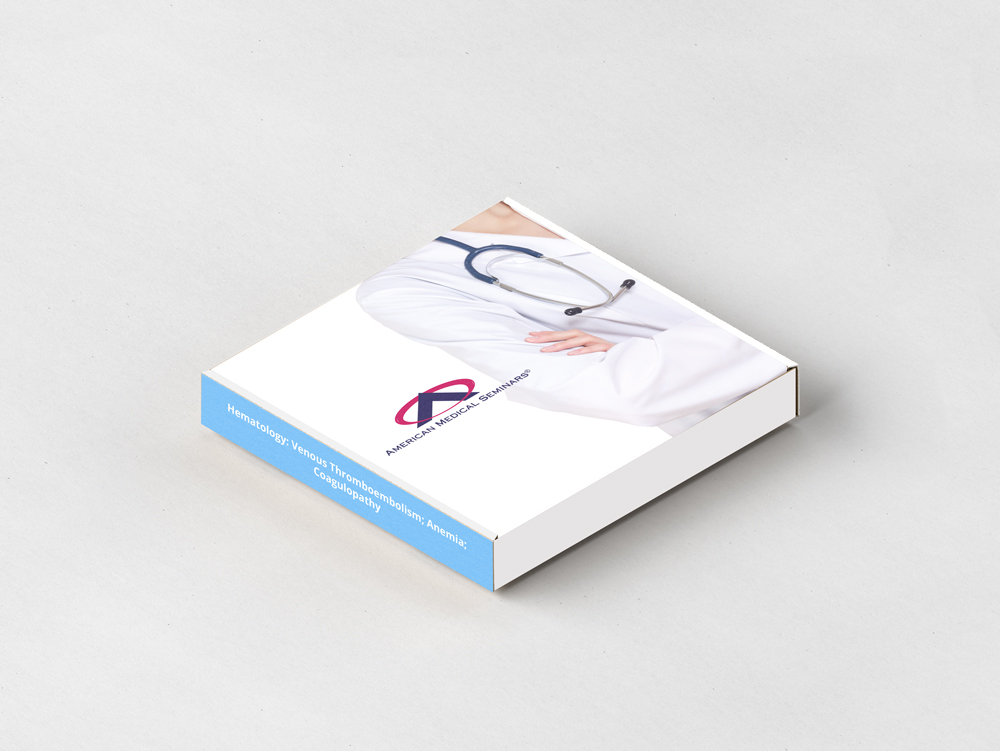Product Description
Title: Internal Medicine – Hematology: Venous Thromboembolism; Anemia; Coagulopathy
Faculty: Kevin S. Ferentz, M.D., Joel Kravitz, M.D., F.A.C.E.P., F.R.C.P.S.C., Herbert L. Muncie, Jr. M.D.
Original Release Date: July 1, 2019 Expiration Date: July 1, 2022
TOPIC 1: Venous Thromboembolism (VTE): Diagnosis and Treatment.
Upon completion of this session, using the ACCP and ATS Guidelines and the Cochrane Abstract Database, the participant should be able to: EBM, GL, COMP
- Determine the diagnostic testing for evaluating a patient for possible VTE.
- Apply the algorithm for diagnosing a pulmonary embolism in multiple clinical settings.
- Differentiate the advantages and disadvantages of outpatient treatment compared to inpatient treatment for venous thromboembolism (VTE).
- Order the frequency of monitoring and the adjustments needed for warfarin therapy in the treatment of VTE.
TOPIC 2: Anemia.
Upon completion of this session, the participant should be able to: GL, COMP
- Develop a diagnostic strategy to ascertain the etiology of the anemia.
- Utilize the guidelines for diagnosing anemia in children and adults in terms of available testing.
- Develop a clinical approach to treating various anemias to include Iron Deficiency and “Anemia of Chronic Disease” due to infections, inflammatory dz’s, CKD, Malignancies, Cytokines, Interferons, TNF’s, etc.
- Describe the role of consultants in the evaluation and management of anemia.
TOPIC 3: Coagulopathy in the ER: All Bleeding Stops Eventually.
Upon completion of this session, the participant should be able to: COMP, EBM
- Differentiate different patterns of coagulopathy that present to the ED.
- Develop an evaluation and treatment plan for non-traumatic bleeding disorders in the ED, including hemophilia, TTP, ITP and others.
- Outline the rationale and indications for the use of blood products used in the treatment of the bleeding patient.
- Discuss some of the newer anticoagulation agents used today, such as Prasugrel (Effient) and Dabigatran (Pradaxa), as per the referenced RCT’s and EBM studies such as Rocket, RE-LY and Einstein.
- The receipt for any incentive-associated purchase will designate the value of the gift card separately from the cost of the learning activity.
- This incentive may have implications on your tax reporting obligations. Any reimbursed amount must be declared as personal income for tax purposes.


